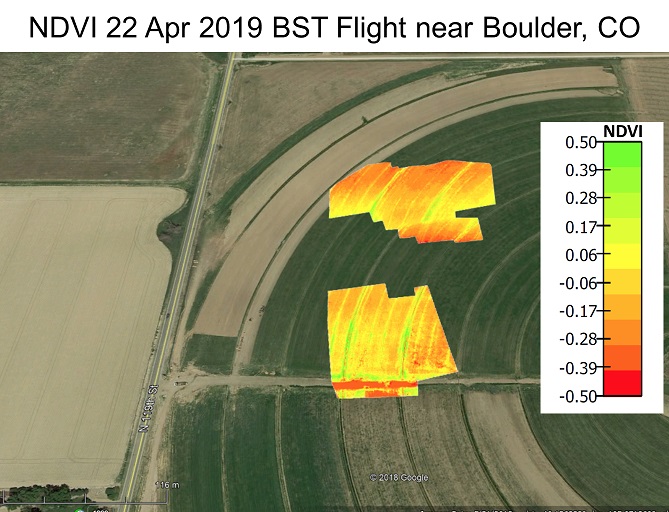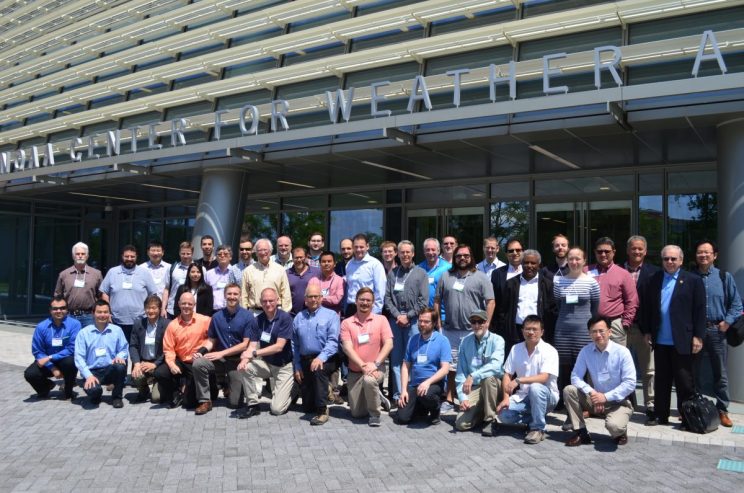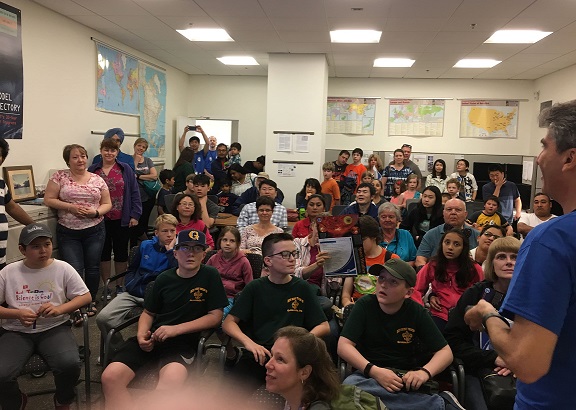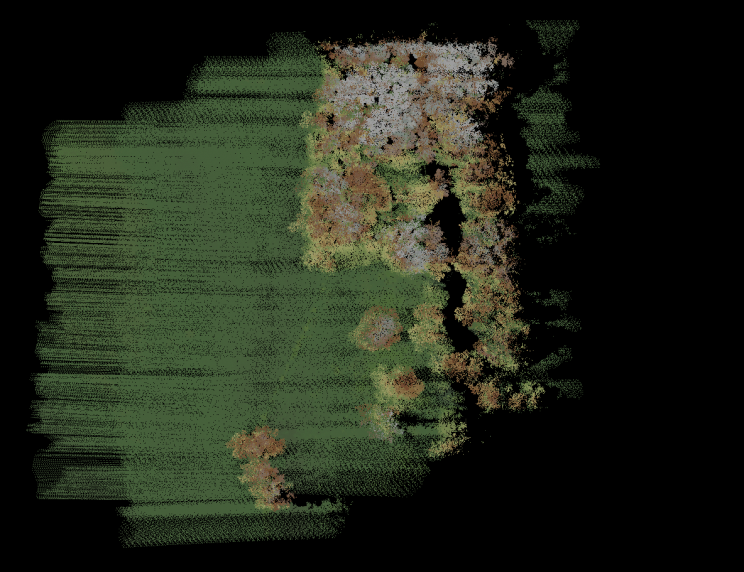ARL Weekly News – May 10, 2019
HQ
ARL hosted the second annual Ozone Water Land Environmental Transition Study (OWLETS) and sixth annual Tropospheric Ozone Lidar Network (TOLNet) Science Team Meetings in College Park, Maryland, from May 6-8, 2019. Over 50 scientists participated in the joint event, representing NOAA, NASA, and EPA, as well as multiple universities and state agencies involved in air quality monitoring. Acting Deputy Director Dr. Ariel Stein gave opening remarks and seven other ARL staff members delivered and/or contributed to presentations. Barry Baker presented on data visualization using ARL’s Model and Observation Evaluation Toolkit (MONET), a resource that is applicable to both OWLETS and TOLNet; Winston Luke and Paul Kelley contributed to a presentation on analyses of ARL’s Hart Miller Island Observations; Christopher Loughner presented on ARL’s Weather Research and Forecasting (WRF) modeling work related to OWLETS; Pius Lee contributed to the NAQFC Program Manager’s presentation on SUBJECT; Xinrong Ren presented on his air quality monitoring efforts with the University of Maryland and its Cessna aircraft; and Howard Diamond presented an overview of ARL and its relationship to the OWLETS effort.
The National Centers for Environmental Prediction (NCEP) Central Operations (NCO) started a 30-day “stability test” of the HYSPLIT upgrade package as the final testing step in the implementation process. Then NCO will brief the NCEP Director on the test, and if approved, the package will be implemented into operations, currently scheduled for June 12, 2019. The package was delivered to NCO October 30, 2017, but was delayed due to NCEP resource availability. The primary changes are adding a job to convert High-Resolution Rapid Refresh output to HYSPLIT-format, changing the resolution of the Global Forecast System (GFS) hybrid-level HYSPLIT-formatted file to quarter-degree from half-degree, adding volcano trajectories in the Washington Volcanic Ash Advisory Center area of responsibility, and adding an option to use the Ganser fall velocity for volcanic ash transport and dispersion. The HYSPLIT upgrade is coincident with NCEP’s upgrade of the GFS because of the extent of the GFS changes and because the NCEP post-processor is used to convert the GFS output on hybrid levels to World Meteorological Organization grib format, then to HYSPLIT-format.
ARL staff enjoyed hosting several hundred visitors during the public Open House at the NOAA Center for Weather and Climate Prediction on Saturday, May 4, 2019. Michelle Howard, Fantine Ngan, Patrick Campbell, Fred Shen, and Mark Cohen served as coordinators/chaperones; Ariel Stein and Howard Diamond shared presentation duties emphasizing ARL’s role in NOAA and the scientific importance of our work; and Winston Luke, Paul Kelley, and Xinrong Ren showcased ARL’s air chemistry laboratory, explaining how and why we measure mercury, ozone, carbon dioxide, and trace gases.
Acting Deputy Director Dr. Ariel Stein visited the National Nuclear Security Administration on May 7, SORD on May 7-8, the Idaho National Laboratory on May 9, and FRD on May 9, accompanied by Walt Schalk.
ARL’s Mark Cohen and Winston Luke to Receive Bronze Medal: Drs. Cohen and Luke earned a Bronze Medal “For sustained excellence in measurements and modeling leading to improved understanding of the emissions, transport, and fate of atmospheric mercury.” The award will be presented during a formal ceremony May 14 at NOAA’s Science Center in Silver Spring, Maryland. For more information, please visit https://www.arl.noaa.gov/about/news-photos/two-arl-scientists-to-receive-prestigious-bronze-medal-award-for-scientific-achievement/
ATDD
LaToya Myles has been invited to serve on a review panel for the United States Department of Agriculture’s, U.S. Forest Service’s, Florida Forest Watershed Research Program. Projects must align with the program’s 2019 priority for research that evaluates, explains, and predicts how water, soil, forest, and aquatic resources respond to ecosystem management practices, natural disturbances, and the atmospheric environment.
ATDD is starting to develop analysis techniques for our unmanned aircraft system (UAS) that has a multispectral camera and the UAS with a Lidar system.

Derived normalized difference vegetation index (NDVI) with ATDD’s multispectral camera superimposed on Google Earth. Credit: NOAA
John Kochendorfer served on Scott Landolt’s dissertation defense committee on May 8th. Landolt’s dissertation is titled, “Enhancing Aviation Safety through the Improvement of Winter Weather Observations,” and he is seeking a Ph.D. in Atmospheric Science from the University of Colorado.




